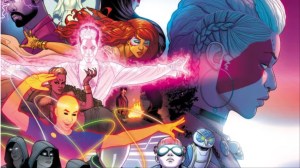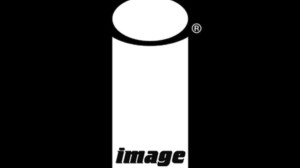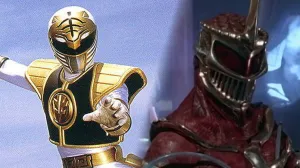When it comes to the comic book industry, there are several major publishing houses to keep in mind: Marvel, DC Comics, Dark Horse Comics, BOOM! Box Studios and Image Comics are some of the biggest around. Generally, most fans consider Marvel and DC to be big “big two,” and while this isn’t wrong, it doesn’t capture the full breadth of the situation. Marvel and DC Comics may have a physically larger catalog and more buying power, but that doesn’t mean they’ve mastered the best practices around. When it comes to that side of the industry, Image Comics has them beat.
Videos by ComicBook.com
How does Image Comics beat the likes of Marvel and DC at their own game? Well, there are a few ways. Let’s start by addressing the elephant in the room: Image Comics was built on the idea that creators should be allowed to maintain the rights over the comics they create. That’s always been a big point of contention for Marvel and DC Comics, and we don’t really need to break down how it can (and has) caused problems. By allowing creators to maintain ownership, Image Comics encourages fresh ideas and innovation. That’s a huge part of why Image Comics works, and there’s no point in pretending that isn’t the case. But it isn’t the full story, either.
Self-Contained Stories Are More Accessible
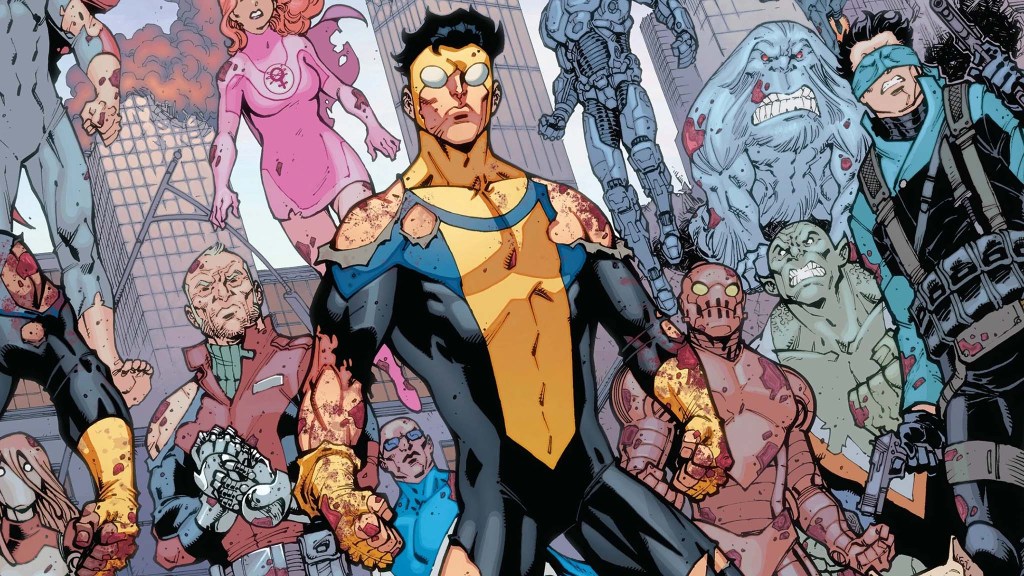
If you’re a dedicated fan looking for a massive superhero back catalog, Marvel and DC Comics are the way to go. However, many new comic book readers will express intimidation when seeing long lists and curated reading guides. Even individual characters from these publishers have a lot of content, and that can make it more challenging for new fans to feel welcome. In other words, it’s not unheard of for an aspiring fan to give up before they’ve really begun, scared off by the more complicated nature of long-running comics.
Why does this matter? Image Comics doesn’t have this problem. Even long-running superhero series with a few spin-offs are still not nearly as complicated as their competitors. Invincible is a good example here. This Image Comic series not only provided a fresh take on a superhero story, but it also made it easy to get into the story. Pick up Invincible #1. Done. While Invinicible did get a couple of spin-off series, readers weren’t penalized for skipping them. That’s an important point, as any fan of Marvel or DC can lament about having to follow one event across multiple series. It can be a lot.
Unpredictable Nature and No Limiting Boxes
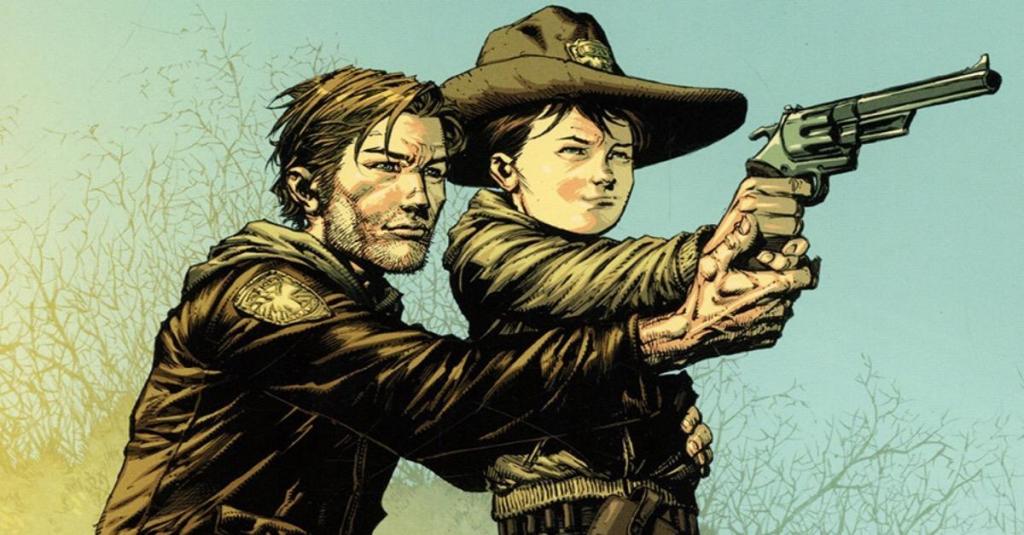
When people think of Marvel and DC Comics, they naturally think of superhero stories, right? Sure, there are always exceptions to the rule, but that’s just it: superhero content is pretty much the rule of these publishers. The same cannot be said for Image Comics, which has no defining (read: limiting) expectations. A creator publishing under Image Comics’ mantle can write any comic they want, be it a zombie horror (The Walking Dead) or a high fantasy world (Monstress). Now, we love superheroes, but there is something so satisfying about taking a break and diving into different genres.
Taking Risks and Forging New Paths
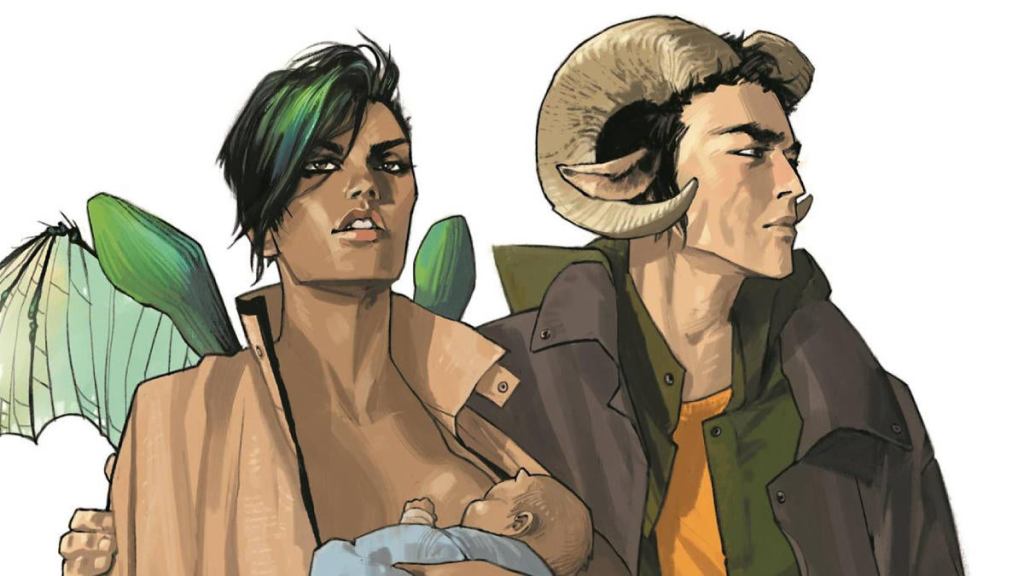
We’re not here to claim that there’s no creativity in the “big two.” There’s tons of it, but Image Comics has left the doors wide open to take more creative risks and forge different paths. For example, inside the prime universes for superhero tales, fans largely know that ultimately, their favorite heroes are (probably) going to be okay. And even if they do die, the revolving door of death means they’ll be back; eventually. That can hamper the stakes of even the best-written story.
That brings us to the worlds created by Image Comics. Since these creators are forced to follow a formula or leave the heroes available for future creative teams, they can pretty much do whatever they want. Brian K. Vaughan and Fiona Staples’ Saga is a great example of this. The comic took the world by storm, and it has consistently shocked readers left and right. Every time we think we’ve seen it all, something else happens, and it isn’t just for shock value.
Less Interference Means More Success
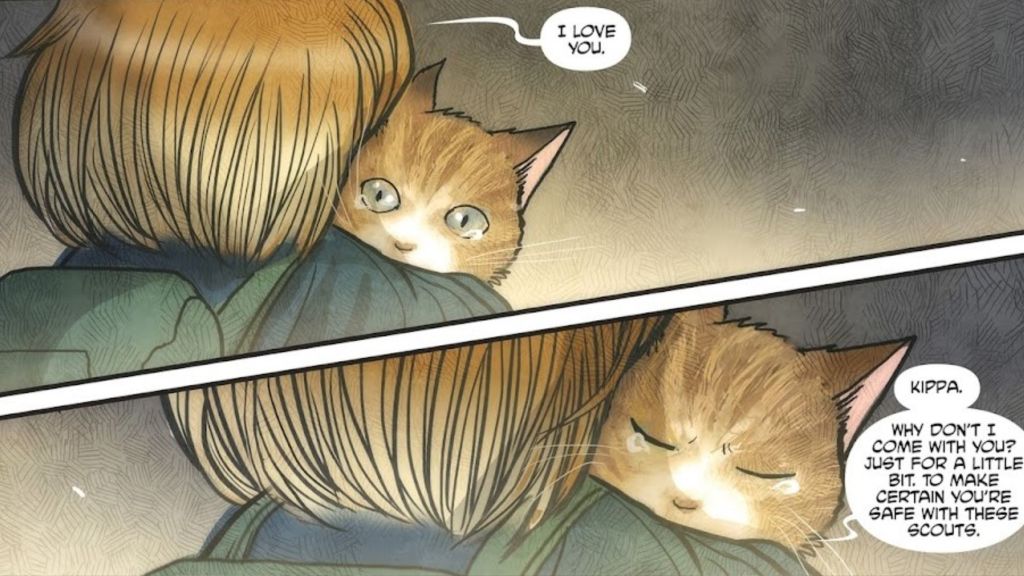
There’s one final factor worth discussing, and that’s oversight and interference. In the cases of Marvel and DC Comics, they have to contend with a lot of corporate oversight (Disney, Warner Bros, high execs, etc.). This can cause a whole lot of problems, starting with limitations in creative risks and culminating with series facing the chopping block if they don’t magically hit the perfect metrics right off the bat.
While Image Comics still has to deal with metrics and budgeting concerns, the very fact that they don’t have to answer to larger corporations gives them more freedom. Since creators are allowed to own and therefore, determine their own content, there’s no higher up to say “nah, you’re not allowed to do that with this character.” It may sound like a simple thing, but just look at what the Comics Code Authority almost did to the industry. It may be a more extreme example, but that makes it easier to see the cause and effect in real time.
At the end of the day, we’re grateful that all of these publishers exist and can give us so many remarkable stories. We’re especially grateful that Image Comics has been unafraid to break the mold, forging new ground from the very moment it was founded.

